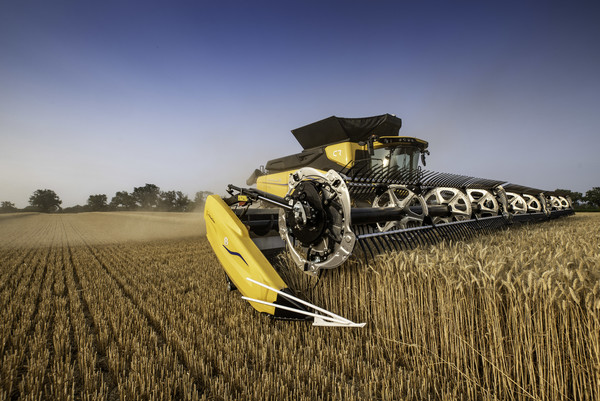
Agricultural machinery, the economy and geopolitics are holding back the market
Tractor sales fell over the past twelve months to 17,613 units (-12.9%). It is mainly the medium power ranges that are losing ground. Minus signs also for telescopic handlers (-3.4%) and trailers (-8.1%). Against this trend were combine harvesters (+10.2%) and tractors with loading platforms (+15.9%). The downturn is due to economic and geopolitical factors. FederUnacoma: demand for tractors is worth over 70,000 units, but is largely met by obsolete second-hand vehicles
The unfavourable economic situation, combined with the delay of public incentives for the purchase of state-of-the-art agricultural machinery, slowed down the growth of the domestic tractor market in 2023 after the high sales volumes of 2021/2022. Registration data - processed by FederUnacoma on the basis of registrations provided by the Ministry of Infrastructure and Transport - in fact show a 12.9% drop for tractors, with 17,613 vehicles registered (20,211 in 2022). The downturn mainly affected the medium-power models, from 57 to 130 kW (-23%), while the low-power models from 20 to 56 kW (-5%) and ranges over 130 kW (-14%) recorded smaller declines, demonstrating. On the other hand, machines in the 0-19 kW power range recorded a 63% growth in registrations, which is due also to a recent modification of Italian Highway Code that now allows non-professional users to register these category of agricultural vehicles. For what concerns other kind of agricultural machines, sales of trailers contracted by 8.1% to 7,718 registered units compared to 8,398 in 2023, and telescopic handlers by 3.4% with a total of 1,141 registrations (40 less than in 2023). Compared to the performance of the sector as a whole, both combine harvesters and flatbed tractors are bucking the trend. The former saw an increase in sales of 10.2% with a total of 390 units compared to 354 in 2022, while the latter increased by 15.9% from 529 to 613 vehicles sold.
In 2023, the market trend was mainly conditioned by cyclical variables, such as inflation and rising interest rates, and heightened geopolitical tensions (see the new military conflict in the Middle East), as well as, as mentioned, a delay in public subsidies for the purchase of innovative machines. The drop in sales was not associated with a slowdown in demand, which, on the contrary, remained dynamic even in a particularly unstable year. Data on registrations of new tractors (17,613) and second-hand machines (57,782, equal to +8.1% over 2022) show that the Italian agro-mechanical sector expresses a demand of approximately 70,400 vehicles (in line with 2022 but well above the pre-pandemic years), and that this is met mainly by the purchase of second-hand, obsolete vehicles that are unable to meet the production needs of a modern and sustainable agriculture. Incentive programmes therefore play a key role in fleet renewal, especially in a scenario such as the current one, characterised by great uncertainty. "In the coming months, a possible worsening of the economic situation and the geopolitical framework, coupled with a new price flare-up - FederUnacoma concludes - could further slow down sales, while the full implementation of the new facilitation tools (PSR, PNRR, Nuova Sabatini, ISI-Inail call, Innovation Fund) and the easing of the credit crunch could give impetus to a market recovery.”








